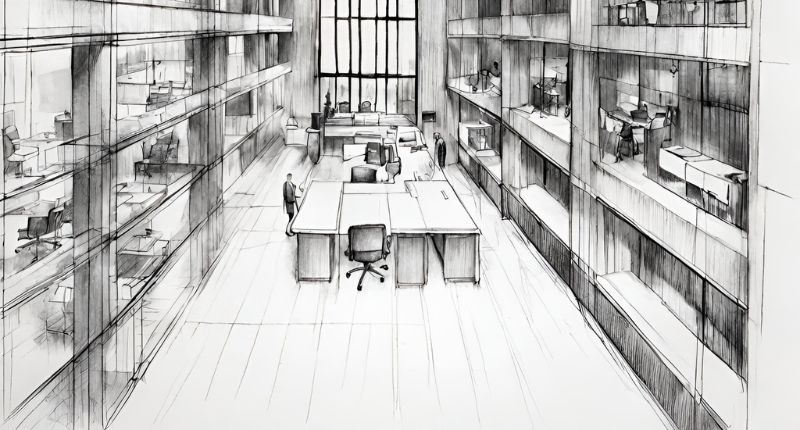
- Growth predicted for 2024, with high demand for industrial spaces.
- Sustainability and socially responsible projects to see more demand.
- Challenges remain for office sector.
As the year comes to an end, many wonder what 2024 will hold in store for us. Global developments like the COVID-19 pandemic, the Russo-Ukrainian war, and conflict in the Middle East have had harsh repercussions for Australia’s commercial markets.
Material prices soared, further shrouding building development in uncertainty. Employers have struggled to coax workers back to the workplace.
Indeed, the debate rages on about working from home (WFH), a staple that has carried through from the pandemic lockdown era.
Nevertheless, global real estate services firm Cushman & Wakefield predicts that things will change for the better in 2024.
Commercial real estate set for growth and change
Cushman & Wakefield’s commercial real estate managing director of Australia and New Zealand, Guy Bennett, expects the market to undergo a period of growth and transformation in the coming year.
“With advancements in technology, a shifting workforce landscape, and evolving consumer preferences, the industry is adapting at a rapid pace,” he said.
Noting the shift from full-time in-office work, Bennett said office spaces would likely be remodelled to contain collaborative areas, coworking spaces, and tech-enabled meeting rooms.
“Expect a focus on wellness amenities and sustainable features to attract tenants.”
The managing director also projects that industrial spaces will be in hot demand, propelled by increased e-commerce and logistics activity.
“Warehousing and distribution centres will adapt to accommodate last-mile delivery services, emphasising efficiency and proximity to urban centres. Sustainability initiatives, such as green warehouses and eco-friendly packaging, will gain prominence.”
Indeed, Bennett believes sustainable and socially responsible projects will be at the forefront of investment across all sectors, demonstrating the significance of environmental and social governance (ESG) factors.
Moreover, the heightening interest in data centres and build-to-rent assets will push these sectors into the mainstream.
Challenges from 2023 will carry over into the coming year
Nevertheless, obstacles abound, especially in the office sector. Offices struggled in 2023, and the year is looking to end as the first year of negative office net absorption since the start of the COVID-19 pandemic.
Demand has remained concentrated in the prime sector, with demand for secondary assets in free fall as a flight to quality trend grips the market.
“Even here, though, there are pockets of strength, as demand for premium, centrally located offices has remained robust. Brisbane, in particular, is a market to watch thanks to an uptick in intrastate migration coming into Queensland combined with a relative dearth of short-term supply relative to other state capitals,” Bennett said.
On the bright side, office attendance has been on the rise.
“Return to office numbers are increasing for each day of the week and companies pushing for a return to work and monitoring bonuses pegged to WFH were all announcements that provide confidence in the sector,” said Cushman & Wakefield’s international director and head of capital markets, Australia and New Zealand, Josh Cullen.
Positive outlook ahead
Bennett believes that the market will recover in the latter part of 2024, as interest rates will likely have peaked by then and will begin their descent.
“Although rapidly rising interest rates has led to a degree of caution amongst investors, we expect that a pivot by the Reserve Bank of Australia (RBA) in the second half of 2024 will ease credit conditions and support a recovery in the investment market.”
“Traditionally the best time to buy property has been when the central bank begins cutting rates.”
Guy Bennett, Cushman & Wakefield
However, he cautioned that challenges that have affected the commercial real estate market this year, like rising construction costs, supply chain disruptions, and regulatory changes, will remain.
“Navigating these challenges will require adaptability and strategic planning from industry stakeholders.
“Those who embrace change and invest in cutting-edge solutions are likely to thrive in this dynamic environment.”







